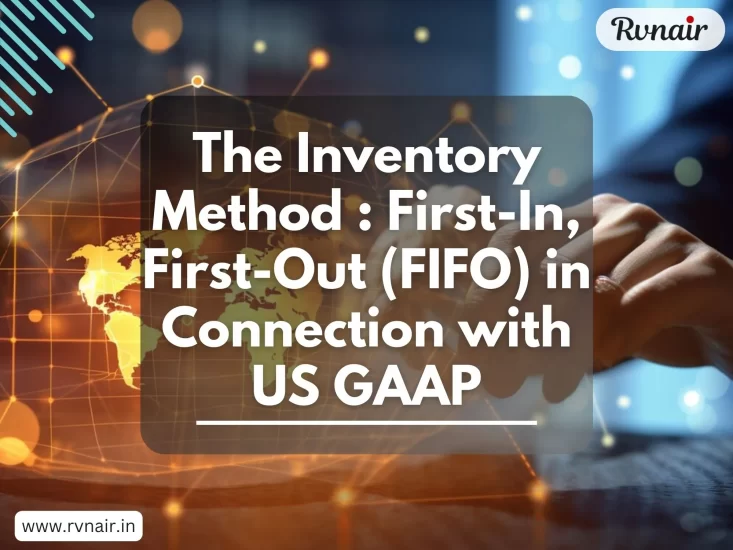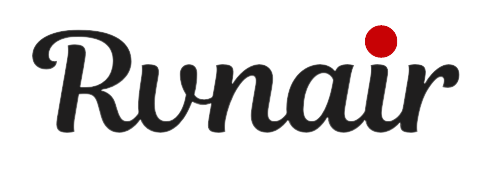
First-In, First-Out (FIFO) is a commonly used inventory valuation method that is well-recognized under US Generally Accepted Accounting Principles (GAAP). This method assumes that the oldest inventory items are sold first, and it has significant implications for a company’s financial statements. This article explores the principles, application, advantages, and implications of using the FIFO method under US GAAP.
Key Concepts of FIFO
Definition of FIFO:
- Concept: FIFO is an inventory valuation method where the costs of the earliest goods purchased or manufactured are the first to be recognized as the cost of goods sold (COGS).
- Assumption: It is based on the assumption that goods are sold or used in the same order in which they are acquired.
Purpose of FIFO:
- Inventory Management: FIFO is often used to prevent inventory obsolescence and spoilage, particularly in industries where products have a limited shelf life.
- Financial Reporting: Provides a method for matching current sales with historical costs, which can influence profitability and financial health.
Application of FIFO Under US GAAP
Recording Inventory Transactions:
- Purchases: When inventory is purchased, the costs are recorded in an inventory account.
- Sales: When inventory is sold, the cost of the oldest inventory items is moved from the inventory account to COGS.
Example Calculation:
- Purchases:
- January 1: 100 units @ $10 each
- February 1: 150 units @ $12 each
- March 1: 200 units @ $15 each
- Sales: If 180 units are sold on April 1, under FIFO, the cost of these units will be calculated as follows:
- First 100 units @ $10 = $1,000
- Next 80 units @ $12 = $960
- Total COGS = $1,000 + $960 = $1,960
- Purchases:
Impact on Financial Statements:
- Balance Sheet: The remaining inventory will consist of the most recently acquired items, reflecting the most current costs.
- Income Statement: COGS will reflect the cost of older, potentially lower-cost inventory, leading to a higher gross profit margin if prices are rising.
Advantages of Using FIFO
Alignment with Physical Flow of Goods:
- Natural Flow: FIFO often mirrors the actual flow of goods, especially in industries like food and pharmaceuticals where older items are typically sold first to avoid spoilage.
Higher Inventory Values in Rising Price Environments:
- Current Costs: Ending inventory is valued at the most recent purchase costs, which can result in higher inventory values on the balance sheet during periods of rising prices.
Simplicity and Ease of Implementation:
- Less Complex: FIFO is straightforward to implement and understand, making it a preferred choice for many businesses.
Favorable Financial Ratios:
- Higher Profits: By reducing COGS in periods of rising prices, FIFO can result in higher net income and improved financial ratios such as return on assets and equity.
Challenges and Considerations with FIFO
Tax Implications:
- Higher Tax Liability: Higher net income due to lower COGS can lead to increased taxable income and, consequently, higher tax liabilities.
Not Reflective of Replacement Costs:
- Potential Mismatch: Since FIFO uses older costs for COGS, it may not reflect the current cost of replacing inventory, which can be a disadvantage in inflationary periods.
Impact of Price Fluctuations:
- Volatility: In periods of volatile prices, FIFO can result in significant differences between the cost of goods sold and current market prices, affecting comparability over time.
Disclosure Requirements Under US GAAP
Inventory Valuation Method:
- Disclosure: Companies must disclose the inventory valuation method used, including FIFO, in their financial statements.
Impact on Financial Position:
- Financial Notes: Disclosures should include information on the impact of the chosen inventory method on the financial position and results of operations.
Inventory Details:
- Breakdown: Detailed information regarding the composition and valuation of inventory, such as raw materials, work-in-progress, and finished goods, should be provided.
Comparison with Other Inventory Methods
FIFO vs. LIFO:
- LIFO Overview: Last-In, First-Out (LIFO) assumes the latest inventory items are sold first.
- Contrast: In inflationary times, LIFO leads to higher COGS and lower taxable income, whereas FIFO results in higher inventory values and net income.
- LIFO Reserve: Companies using LIFO must disclose a LIFO reserve, which is the difference between FIFO and LIFO inventory values.
FIFO vs. Weighted Average Cost:
- Weighted Average: This method averages the cost of all inventory items available for sale during the period.
- Comparison: FIFO often results in higher inventory values and net income compared to the weighted average method during periods of rising prices.
Industry-Specific Considerations
Retail and Consumer Goods:
- Shelf Life: FIFO is advantageous in industries where product shelf life is a concern, ensuring that older inventory is sold first.
Manufacturing:
- Production Costs: Manufacturers may find FIFO useful for aligning COGS with historical production costs, particularly in environments where production costs remain stable.
Technology:
- Obsolescence: In industries with rapid technological changes, FIFO helps mitigate risks associated with inventory obsolescence by moving older inventory out first.
Case Study: FIFO in Practice
Example Company:
- Scenario: A retail company, RetailCo, uses FIFO for inventory accounting. The company operates in an environment with steadily increasing costs due to inflation.
- Application: RetailCo purchases inventory at varying costs throughout the year and records COGS based on the earliest purchase costs.
- Outcome: RetailCo reports higher ending inventory values and net income, reflecting the lower COGS and the higher costs of remaining inventory on the balance sheet.
Financial Analysis:
- Higher Profitability: RetailCo’s net income is higher due to lower COGS.
- Tax Implications: The company faces a higher tax liability because of increased taxable income.
Conclusion
First-In, First-Out (FIFO) is a widely used and straightforward inventory valuation method under US GAAP that aligns with the natural flow of goods in many industries. It offers significant advantages, including higher inventory values and net income in periods of rising prices. However, it also comes with challenges such as higher tax liabilities and potential mismatches with current replacement costs. Businesses must carefully consider these factors when selecting FIFO as their inventory accounting method and ensure proper disclosure and alignment with US GAAP requirements.
